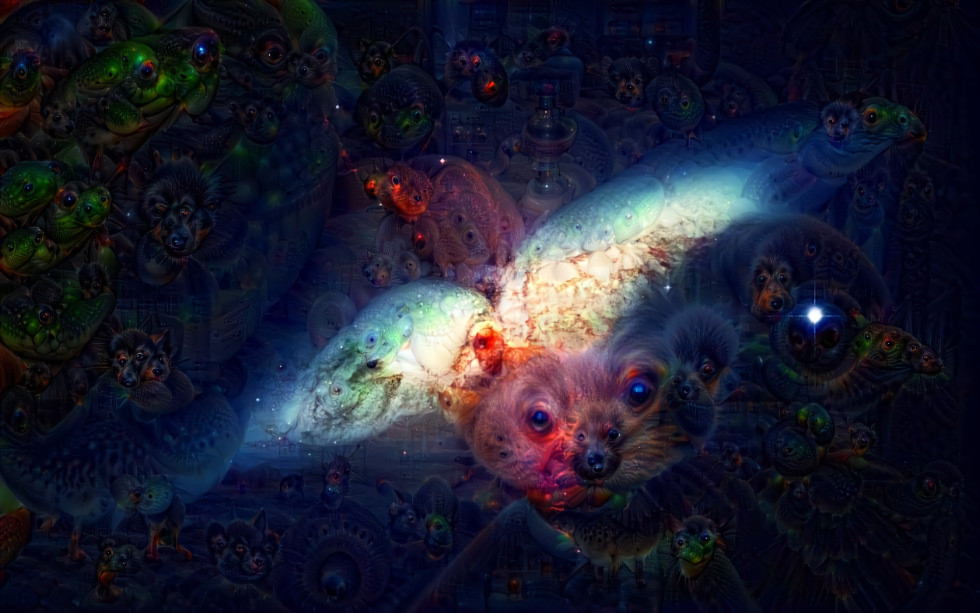Post Views:
1,386
Vázquez-León, P., Arenas-Martínez, U., Córdova-Maqueda, D., Fregoso-Aguilar, T., Juan, E. R.-S., & Miranda-Páez, A.. (2021). Salvia divinorum increases alcohol intake and tonic immobility whilst decreasing food intake in Wistar rats. Acta Neurobiologiae Experimentalis, 81(1), 34–42.
Plain numerical DOI: 10.21307/ane-2021-005
DOI URL
directSciHub download
Show/hide publication abstract
“The kappa-opioid system (kop) is the key in drug abuse. of all the compounds isolated from salvia divinorum (s. divinorum), salvinorin-a (sal-a) is predominant. further, sal-a is the only compound within s. divinorum which is reported to have psychoactive properties as a powerful kappa-opioid receptor (kopr) agonist. based on the key role of the kop system in the consumption of drugs, s. divinorum extract (sde) and sal-a may modify the alcohol intake in wistar rats. assessing voluntary alcohol intake as a drug consummatory behavior, food intake as natural reward behavior and tonic immobility as indicative of anxiety-like behavior, the present study sought to identify the role of both sde and sal-a in the wistar rat model. forty-eight adult male rats were randomly divided into six groups: control, alcohol naive and vehicle, alcohol-naive and sde, alcohol-naive and sal-a, alcohol-consumption and vehicle, alcohol-consumption and sde, and alcohol-consumption and sal-a. alcohol and food intake were assessed for two weeks. in the middle of these two weeks, vehicle, sde (containing ~1 mg/kg of sal-a) or sal-a was injected intraperitoneally once a day for a week. tonic immobility testing was performed once. the administration of sde produced a significant increase in voluntary alcohol intake especially in rats with a history of forced alcohol consumption from a juvenile age, sal-a elicited an increase in alcohol intake in animals with or without previous alcohol exposure, sde and sal-a prolonged the tonic immobility duration and decreased food intake. in conclusion, s. divinorum or sal-a stimulated alcohol consumption in rats with a history of alcohol intake and independent of previous exposure respectively, also sde or sal-a elicited an anorexigenic effect, and increased tonic immobility as indicative of anxious-like behavior.”





